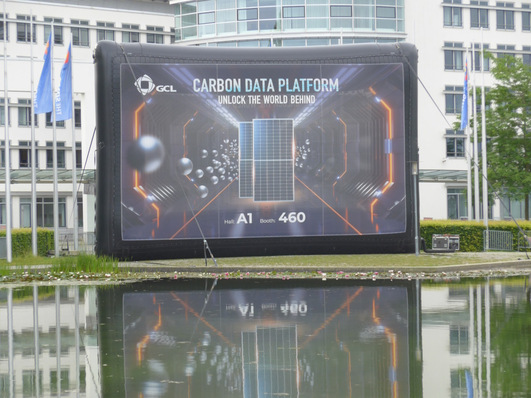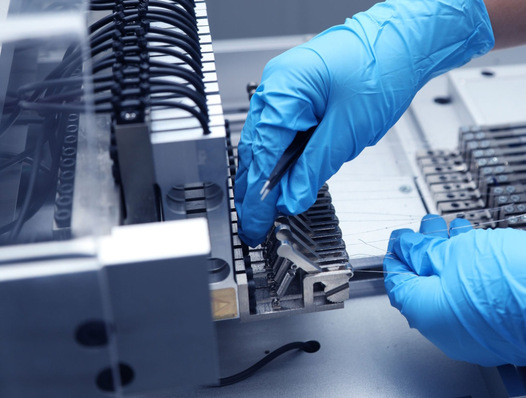To increase the production capacities of solar cells, on the one hand it is possible to build new factories. On the other hand, it is also possible to make existing production lines more efficient. A research consortium led by the Fraunhofer Institute for Solar Energy Systems (ISE) is tackling the latter by developing a concept for an innovative production line for solar cells.
High throughput lowers costs
The goal is to increase throughput to 15,000 to 20,000 wafers per hour. This corresponds to at least doubling the current throughput. To achieve this, the consortium developed improvements for numerous individual process steps. "In 2021, 78 per cent of all silicon solar cells were produced in China," explains Ralf Preu, Division Manager Photovoltaic Production Technology at Fraunhofer ISE.
See also: PV industry standardization drives M10 modules
Preu continues, "for the fastest possible expansion of solar energy and to make our supply chains more robust, we should re-establish our own manufacturing of high-efficiency solar cells in Europe. Increasing the throughput and resource efficiency of the production technology used yields substantial cost reduction and sustainability potential that we can leverage."
New process steps developed
To optimise the manufacturing process, the researchers are investigating the individual production steps of silicon solar cells. "For some processes, the aim was to accelerate established procedures in production, while we developed other processes from scratch," says Florian Clement, project manager at Fraunhofer ISE. "Compared to currently common values, the throughputs of the production plants developed in the project are at least twice as high as a result."
New printing process for metallisation
Among other things, the researchers implemented a new on-the-fly system concept for laser processing. This allows the wafers to be processed continuously while they move on a belt at high speed under the laser scanner. For the metallisation of the solar cells, the scientists used a process with rotary screen printing instead of the current flatbed screen printing.
Also interesting: Swiss solar plant has been supplying solar power for 40 years
After that, the electrodes have to be contacted with the solar cell in an oven. Here, the researchers have developed an oven that enables a threefold belt speed while maintaining the quality and efficiency of the solar cells.
Processing solar cells in stacks in the oven
They also worked on the transitions between the individual differently doped silicon layers and the metal contacts. To do this, the researchers at Fraunhofer ISE combined several process steps in a single operation. Now, for example, the wafers can be processed stacked on top of each other in stacks, whereas up to now they have been processed individually. This alone increases the throughput of the process by a factor of 2.4.
Faster testing
Two new processes were developed for sorting the solar cells and for quality control. In order to be able to test the cells faster in future production lines, a contactless method and a method with sliding contacts are used. This also allows the cells to be transported continuously at a belt speed of 1.9 metres per second during measurement. The team has achieved a very high measuring accuracy with their concepts. A patent application has now been filed for the contactless method. (su)







